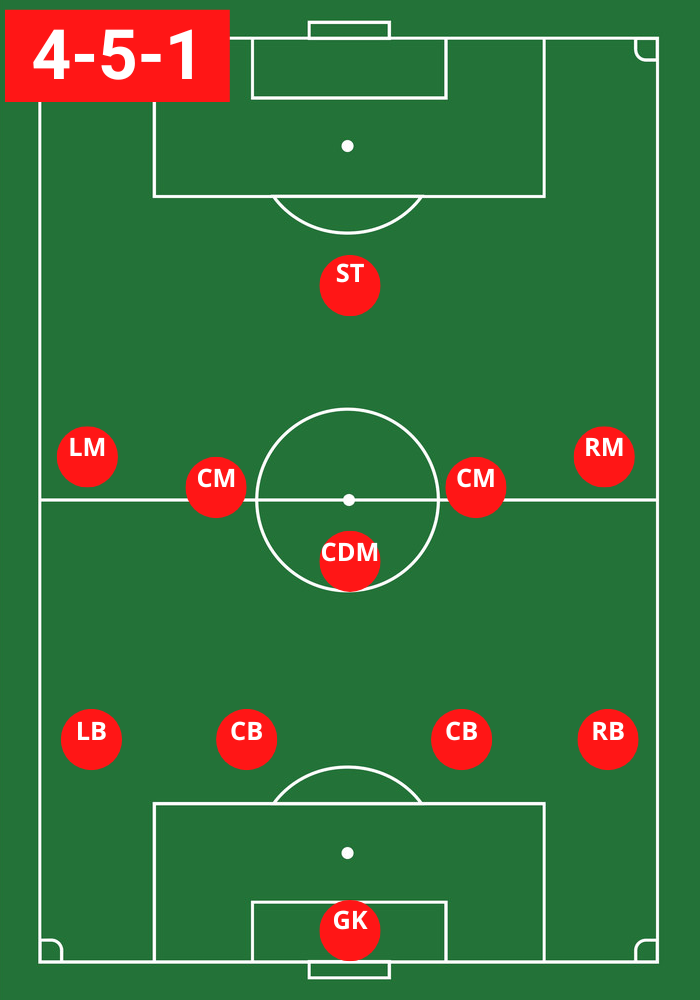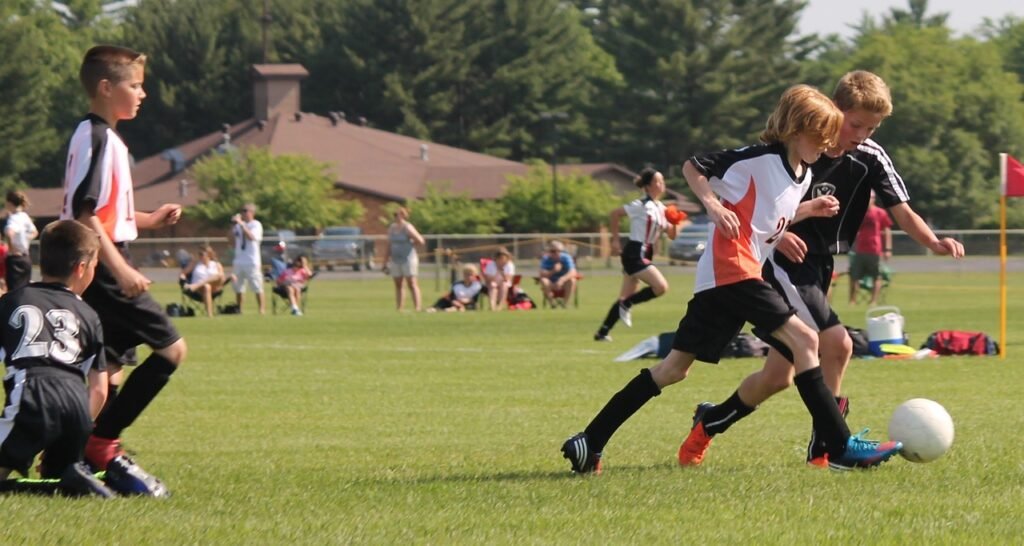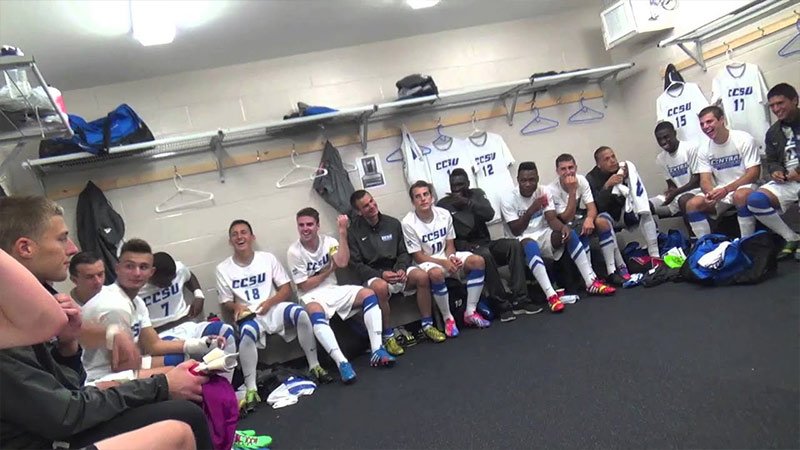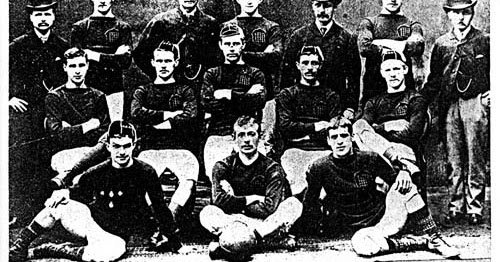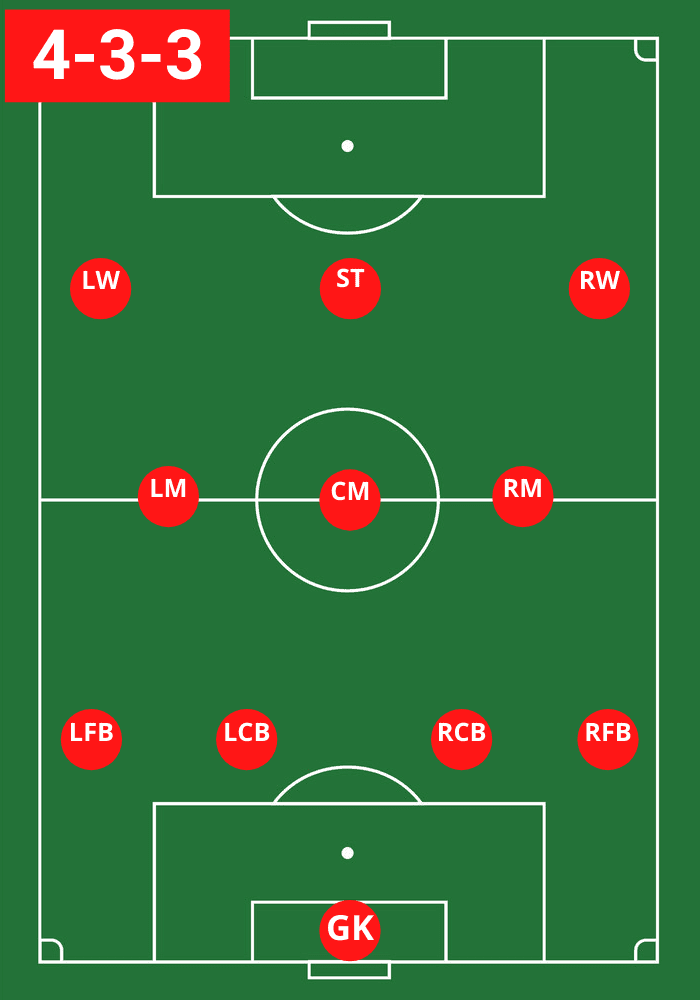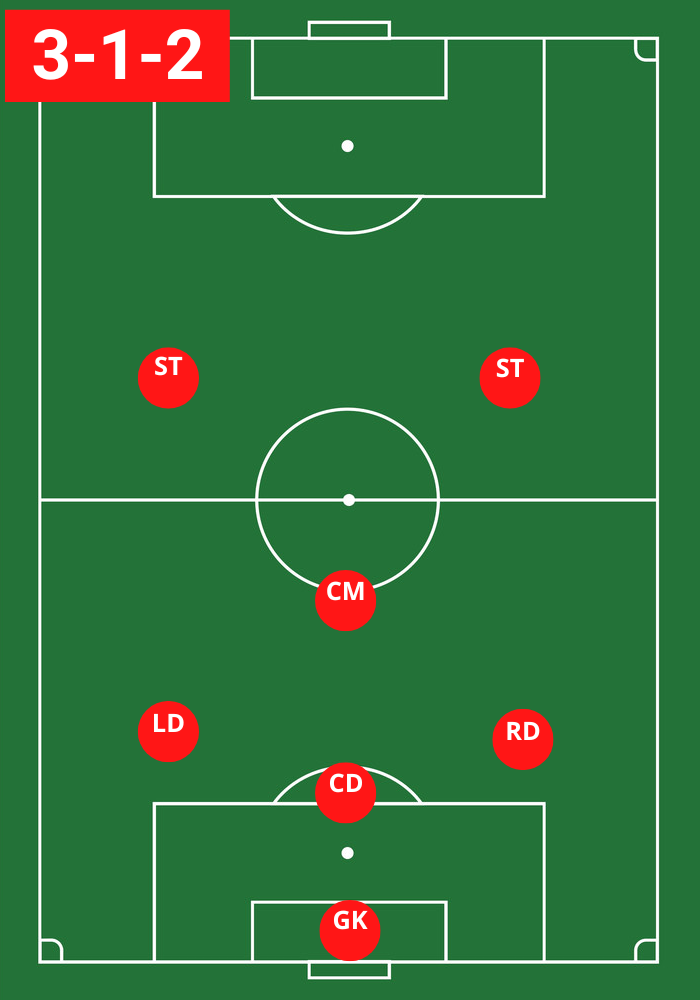The Importance of Teamwork in Soccer
The importance of teamwork in soccer cannot be overstated. A team with skilled players but poor teamwork will struggle against teams with less skilled players but better teamwork. Effective communication and coordination between teammates can make all the difference between victory and defeat.
Furthermore, soccer teams must develop good chemistry among players if they want to achieve success. Chemistry refers to how well players know each other’s strengths and weaknesses both on a personal level and on the field.
Definition of an Assist in Soccer
An assist occurs when a player sets up or provides an opportunity for another player on their team to score a goal directly or indirectly through a pass/cross/corner kick/free-kick etc., leading up to that scoring opportunity. It is a statistic that is tracked in soccer and credited to the player who provided the assist leading up to a goal. An assist is critical in soccer because it often requires the same level of skill, technique, and strategy as scoring a goal.
It also takes teamwork to create an opportunity for another player to score. Now that we have established what an assist is, let’s dive deeper into the different types of assists, how they are recorded in official statistics, famous assists throughout history, as well as the role of assists in modern soccer tactics.
Soccer Training
The Importance of Understanding the Formation
Soccer is a tactical sport, and understanding the different formations used on the pitch can greatly enhance one’s knowledge of the game. The 4-5-1 formation is a popular strategy among coaches and teams, as it offers both offensive and defensive advantages. By having a good understanding of this formation, players can utilize their skills to play effectively and achieve success on the field.
Introduction: Exploring the World of Soccer relegation
Soccer is one of the most popular sports in the world, with millions of fans and players alike following various leagues and tournaments. The rules and structure of the game can be complex, but one aspect that often stands out to fans and players alike is the concept of promotion and relegation.
Promotion and relegation refers to the system by which teams move between different levels or divisions within a league based on their performance. At its core, it incentivizes teams to perform at their best in order to avoid getting relegated down a level or achieve promotion up a level.
In many ways, this system adds an extra layer of excitement to soccer as it keeps things interesting for fans right up until the end of a season. There are several leagues around the world that use this system, with perhaps none more famous than England’s Premier League.
If you’re a soccer fan, you’ve probably heard the term “cap” being thrown around. But what does it mean exactly?
In short, a cap is a term used to describe the number of times a player has represented their national team in an international match. It’s like a badge of honor that shows how much a player has contributed to their country’s soccer program.
The origin of the term “cap” can be traced back to the early days of soccer in the 19th century. At that time, teams would often wear different colored caps during matches to distinguish themselves from each other and help referees identify players.
Comparing the Corners: Soccer Field Vs Football Field Shapes
Let’s talk a bit about soccer and football fields. They’re both places where thrilling games happen, but they’re quite different in their shapes and sizes.
First, picture a soccer field, which is basically a large rectangle. Its dimensions fluctuate depending on the level of the game, with the length usually ranging between 100-130 yards and the width between 50-100 yards. Interestingly, it doesn’t have what we’d traditionally call corners. Instead, there are these curved lines at each corner, marking the spots for corner kicks.
Soccer is one of the most popular sports globally, with millions of people playing and watching it every day. The beauty of soccer lies in its simplicity, but some rules can be quite confusing for both players and fans. One such rule is the handball rule, which is currently a hot topic in the world of soccer due to several controversies surrounding it.
Soccer, known as the beautiful game worldwide, has seen various changes to its rules over the years, reflecting the sport’s dynamic nature. One of the aspects that has undergone significant transformation is the substitution rule.
Here, we delve deep into the world of soccer substitutions, exploring its evolution, current state, strategic implications, and the differences in rules for professional and youth games.
Soccer Substitution Rules: The Strategic Art of Changing the Game Read More »
Soccer is a dynamic game that constantly evolves, and its tactics are in a perpetual state of change. One widely employed formation across the globe is the 4-2-3-1, which comprises four defenders, two defensive midfielders, three attacking midfielders, and one striker.
The 4-2-3-1 formation has garnered increasing popularity in contemporary soccer due to its adaptability and equilibrium in both offensive and defensive aspects. Coaches who grasp the strengths and weaknesses of this formation can mold their teams’ playing style accordingly.
The 4-2-3-1 formation offers a potent combination of defensive stability, midfield dominance, and attacking options. Nevertheless, it does possess certain limitations that opposing teams can exploit.
Dominate the Field With The 4-2-3-1 Soccer Formation Read More »
Soccer, also known as football, is the world’s most popular sport, with an estimated 4 billion fans worldwide. Although it has been played for centuries in Europe, its popularity didn’t reach North America until much later.
The first recorded soccer game in the United States took place in 1869 between Princeton University and Rutgers University. However, it wasn’t until the early 20th century that soccer began gaining traction and becoming more widespread.
Are you a soccer enthusiast looking to understand the tactical intricacies that shape a team’s gameplay? If so, you won’t want to miss this article on the 5-3-2 formation. This formation has garnered attention for its unique approach to defensive play and counterattacking potential.
Join us as we delve into the history and tactics of the 5-3-2 formation, exploring its strengths, weaknesses, and relevance in modern football. Get ready to discover the fascinating world of the 5-3-2 formation and understand how it has evolved over time.
Introduction: Overtime Soccer Rules Everything You Need To Know
Soccer is a game that is loved and revered all over the world. It’s a sport that can bring together people from different cultures, backgrounds, and walks of life. One of the most exciting aspects of soccer is when a game goes into overtime.
Over time soccer can be nerve-wracking, thrilling, and exhilarating all at the same time. This article will cover everything you need to know about overtime soccer rules.
Overtime soccer occurs when two teams are tied after regulation time has ended. The purpose of overtime is to determine a winner by giving both teams an opportunity to score additional goals during extra minutes of play.
An important aspect to note is that not all soccer games have overtime periods. In some leagues or tournaments, the outcome may be determined by penalty kicks if there’s still a tie after regulation time.
The length of each overtime period can vary depending on the league or tournament rules. In most competitions, overtime periods are typically 15 minutes long with a short break in between halves to allow players to rest and hydrate before resuming play.
Soccer Overtime Rules: Everything You Need to Know Read More »
Picture this: a soccer match, with one team dominating the field and leaving their opponents in the dust. But what if I told you there’s a game-changer, a rule that steps in to protect the underdogs and preserve the spirit of fair play?
Enter the captivating world of the mercy rule in soccer. This rule, designed to shield the losing team from further humiliation and safeguard the well-being of the players, holds the power to bring an early end to the game, sending shockwaves through the field, and igniting discussions that go far beyond the final whistle.
Are you ready to uncover the fascinating dynamics and controversies that surround this game-altering regulation? Join me as we delve into the captivating realm of the mercy rule, where the stakes are high and the drama unfolds.
Hey there! You’ve landed on “Decoding Soccer Positions: A Rookie’s Handbook”. This is a detailed guide that’s all about making sense of those tricky little acronyms we see in soccer positions. Maybe you’re just getting your feet wet in the world of soccer, or maybe you’ve just been wondering what all those letters really mean.
Soccer Position Abbreviations – A Beginners Guide Read More »
Halftime in FIFA and MLS matches is a fixed duration of 15 minutes, but what happens during that time? Learn how players and fans use halftime to prepare for the second half of the game, and what happens if the game goes into a penalty shootout.
Yellow cards are used to maintain order and fairness on the soccer field, as they discourage players from committing offenses that could potentially harm other players or disrupt the game. They also serve as a warning to players that their conduct is being monitored and may result in more severe disciplinary action if they continue to commit offenses.
Phew, after reading about the seven worst blowouts in soccer history, I need a breather! If you’re feeling down after losing a match, just remember, it could always be worse. You could have lost 31-0 like American Samoa or even 26-0 like Hyde United. But let’s be real, those are just numbers, and at the end of the day, it’s all about having fun and enjoying the beautiful game.
So, whether you’re a fan of close games or massive victories, let’s all come together and celebrate the sport that brings us all together. Just make sure to bring a strong defense if you ever find yourself up against Villarreal or Tahiti!
Football, commonly known as soccer, has established itself as a globally renowned sport with a massive fan following of more than 3.5 billion people worldwide. It’s a game that is adored by many, and the most pivotal element of soccer is the goal. This article will delve into the significance of a soccer goal, discussing its impact on the game and the fundamental principles that govern scoring.
The Power of a Goal in Soccer, How it Influences The Game Read More »
A hat trick is a rare occurrence in soccer, and it is considered an impressive achievement. It happens when a player scores three goals in a single match. These goals can be scored at any time during the game, but they must be scored by the same player. A hat trick can be achieved in any competition, including the World Cup, Premier League, and Champions League
Here Are Some Teams That Have Mastered the 4-3-3 Soccer Formation – Four teams that have particularly mastered this formation are Barcelona FC under Pep Guardiola, Liverpool FC under Jurgen Klopp, the Dutch National Team under Rinus Michels, and Real Madrid under Carlo Ancelotti.
Choosing the right 7v7 soccer formation is crucial for success on the field. Whether you opt for the classic 3-2-1, the 3-1-1-1, or the balanced 2-3-1, it’s important to consider the strengths and weaknesses of each formation and adapt to the game situation accordingly. Remember to focus on communication, movement, flexibility, and practice to give your team the best chance at winning.

